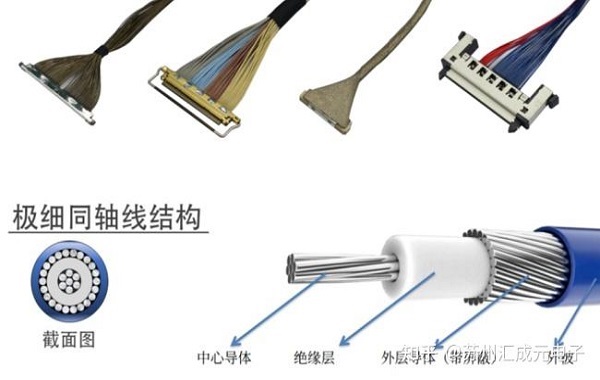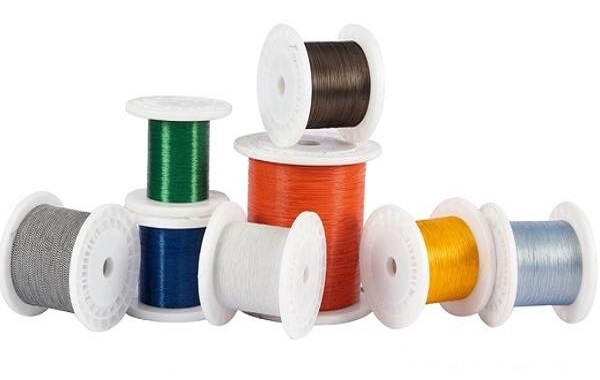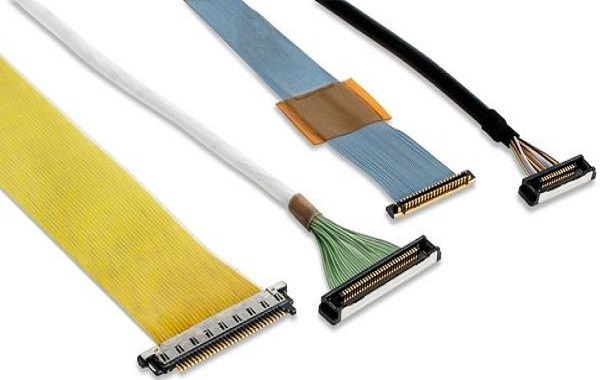In applications such as notebook camera, medical endoscope, and drone image transmission, which are extremely sensitive to space, ultra-fine coaxial cables (Micro Coaxial Cable) are almost the most commonly used high-speed signal transmission solution. They have good flexibility, strong anti-interference ability, and can maintain stable impedance. However, when the transmission rate reaches the Gbps level, signal loss becomes the most concerned issue for engineers. This article will analyze from four aspects: the source of loss, typical values, rate relationships, and control methods.

Fine coaxial cable bundle loss sources
The loss of extremely fine coaxial cable束 is composed of multiple factors compounded:
Conductor loss: At high frequencies, skin effect occurs, causing the current to concentrate on the surface of the conductor, reducing the effective cross-sectional area, increasing resistance, and resulting in insertion loss increasing with frequency.
Medium loss: The dielectric constant and loss tangent of insulating materials determine the signal energy dissipation. PTFE and FEP have low loss, while PVC has higher loss.
Shielding and radiation loss: Inadequate shielding coverage or poor termination may lead to energy leakage and crosstalk.
Connectors and transition losses: The impedance discontinuity of terminals or connectors can cause reflections and additional losses, which are particularly sensitive to high-speed signals.

Typical losses of different specifications of wire materials
The wire diameter, length, and medium directly affect the loss level.
The wire with an outer diameter of about 1.0 mm: at 1 GHz, the insertion loss is about 1.5–2.5 dB/m, and at 6 GHz, it is about 5–7 dB/m. For a 30 cm length, the insertion loss is about 1.5–2 dB under 5 Gbps NRZ, which can be compensated by the system equalization.
Outer diameter ultra-fine wire materials of 0.3-0.5 mm: At 10 GHz, losses may reach 16-22 dB/m, even with a length of 10-15 cm, which can significantly consume signal amplitude, and front-end and back-end balance compensation is required.
The available signal length depends on the match between the speed and wire diameter, in high-speed applications, 1.0 mm outer diameter wire is often a compromise choice, and smaller wire diameters require balancing measures.

Three, the relationship between rate and loss
High-speed signals can be estimated for loss using "rate conversion frequency."
NRZ signal bandwidth ≈ 0.5 × data rate.
For example, a 5 Gbps NRZ signal corresponds to key frequency components of about 6-12 GHz.
This means that if the cable harness has excessive loss at 10 GHz, it will lead to eye diagram convergence and an increase in error rate.

Four, strategies for controlling losses
Shorten the line: the shorter the line, the smaller the loss.
Selecting a larger outer diameter: lower thick-line loss.
Opt for low-loss media such as PTFE, FEP.
Smooth transition design: impedance continuity at the board end, reducing reflection.
5. Utilizing balance: Pre-emphasis at the transmitter, CTLE/DFE compensation at the receiver, can improve 2-5 dB insertion loss.
6. Actual performance verification through practical testing: confirm the actual performance using TDR, VNA, and eye diagram tests.

High-speed signal loss in extremely thin coaxial cable bundles is mainly affected by frequency, cable diameter, medium, and port design. By selecting appropriate materials, matching cable diameters, short-distance wiring, and balanced port design, the loss can be controlled within an acceptable range, ensuring stable transmission of Gbps-level signals and meeting the application requirements of notebook cameras, medical endoscopes, drone image transmission, and other applications.
I am
Suzhou Huichengyuan Electronic TechnologyLong-term focus on the design and customization of high-speed signal cable harnesses and ultra-fine coaxial cable harnesses, providing stable and reliable high-speed interconnect solutions. For more information or customization services, please contact:
Manager Zhang 18913228573 (WeChat same number)。




